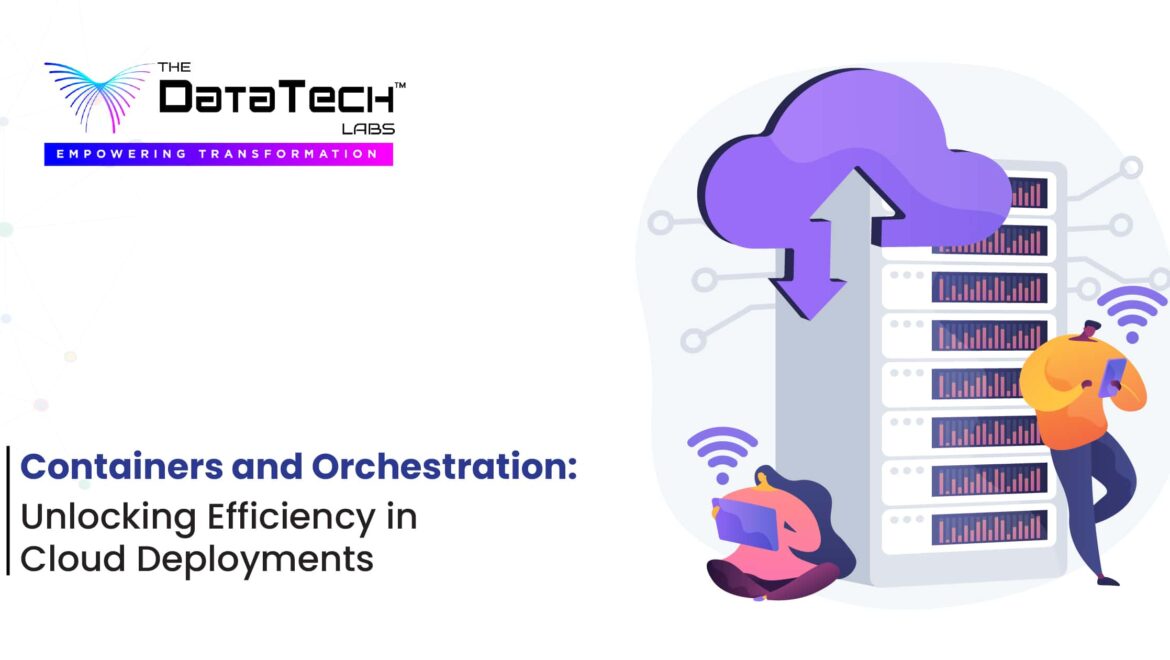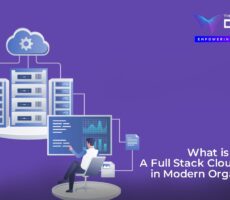Introduction
In the modern cloud computing landscape, containers and orchestration have revolutionized the way applications are developed, deployed, and managed. These technologies offer unprecedented efficiency, scalability, and flexibility, making them indispensable for organizations striving to stay competitive. This article delves into the intricacies of containers and orchestration, providing insights on how to leverage them for optimal cloud deployments.
Understanding Containers
What Are Containers?
Containers are lightweight, portable units of software that package an application and its dependencies together, ensuring that it runs consistently across different computing environments. Unlike traditional virtual machines (VMs), containers share the host system’s operating system, making them more efficient and faster to deploy.
Benefits of Using Containers
- Portability: Containers can run on any system that supports the container runtime, providing true cross-environment consistency.
- Efficiency: With lower overhead compared to VMs, containers use system resources more effectively.
- Scalability: Containers can be easily scaled up or down to meet changing demand, ensuring optimal performance.
Containerization Tools
Popular Containerization Tools
Several tools facilitate container creation and management, with Docker being the most widely used. Docker provides a comprehensive platform for building, shipping, and running containers.
Setting Up Docker
- Installation: Step-by-step guide on installing Docker on various operating systems.
- Basic Commands: Introduction to essential Docker commands for creating and managing containers.
Introduction to Orchestration
What Is Orchestration?
Orchestration involves managing the deployment, scaling, and operation of containerized applications. It automates the coordination and scheduling of containers, ensuring that applications run smoothly and efficiently across a cluster of machines.
Benefits of Orchestration
- Automation: Reduces manual intervention by automating repetitive tasks.
- Resilience: Enhances application reliability through self-healing capabilities.
- Scalability: Automatically adjusts resources to match workload demands.
Orchestration Tools
- Kubernetes: The Leading Orchestration Platform
Kubernetes, an open-source orchestration platform, has become the de facto standard for managing containerized applications. It offers robust features for deployment, scaling, and maintenance.
Other Orchestration Tools
- Docker Swarm: Integrated with Docker, it’s suitable for simpler use cases.
- Apache Mesos: Offers a broader scope for managing both containers and non-containerized workloads.
Implementing Containers and Orchestration
Setting Up a Kubernetes Cluster
- Installation: Guide to setting up a Kubernetes cluster on different environments (local, cloud).
- Basic Concepts: Understanding Pods, Nodes, and Clusters in Kubernetes.
Deploying Applications with Kubernetes
- Creating Deployments: Steps to create and manage deployments in Kubernetes.
- Scaling Applications: Techniques for horizontal and vertical scaling of applications.
- Managing Services: Using Kubernetes Services to expose your applications to external traffic.
Best Practices for Container and Orchestration
Designing for Containers
- Microservices Architecture: Breaking down applications into smaller, manageable services.
- Stateless vs. Stateful: Designing containers for stateless applications to maximize flexibility and scalability.
Security Considerations
- Image Security: Ensuring container images are secure and free from vulnerabilities.
- Network Policies: Implementing network security policies in your orchestration platform.
Monitoring and Logging
- Monitoring Tools: Using tools like Prometheus and Grafana for monitoring container performance.
- Centralized Logging: Implementing centralized logging solutions to track application logs effectively.
Overcoming Common Challenges
Handling State in Containers
Containers are inherently stateless, but many applications require state persistence. Solutions include using persistent storage volumes and databases external to the container environment.
Managing Configuration and Secrets
Securely managing application configuration and secrets is critical. Tools like Kubernetes ConfigMaps and Secrets provide a secure way to handle this data.
Ensuring High Availability
High availability can be achieved by deploying applications across multiple nodes and regions, using Kubernetes’ built-in features like ReplicaSets and Horizontal Pod Autoscalers.
Advancing Your Knowledge
Continuous Learning and Certification
- Certification Programs: Valuable certifications like Certified Kubernetes Administrator (CKA) and Certified Kubernetes Application Developer (CKAD).
- Educational Resources: Online courses, tutorials, and documentation to deepen your understanding of containers and orchestration.
Joining the Community - Community Forums: Engage with communities on platforms like GitHub, Stack Overflow, and Kubernetes Slack.
- Contributing to Open Source: Contribute to open-source projects to gain practical experience and network with other professionals.
Conclusion
Recap of Key Points
Containers and orchestration are game-changers in cloud deployments, offering unmatched efficiency, scalability, and flexibility. By understanding and implementing these technologies, organizations can optimize their operations and stay ahead in the competitive tech landscape.
FAQ's
Containers share the host OS, making them more lightweight and faster to start compared to VMs, which include the entire OS.
Kubernetes automatically restarts failed containers, replaces dead nodes, and provides mechanisms for rolling updates and rollbacks.
While containers are highly versatile, they are best suited for stateless applications. Stateful applications require additional considerations for data persistence.
Security best practices include using trusted images, regularly scanning for vulnerabilities, implementing network policies, and managing secrets securely.
Costs vary depending on the deployment environment. Cloud-based Kubernetes services typically charge based on resource usage, while on-premises setups incur hardware and maintenance costs.





